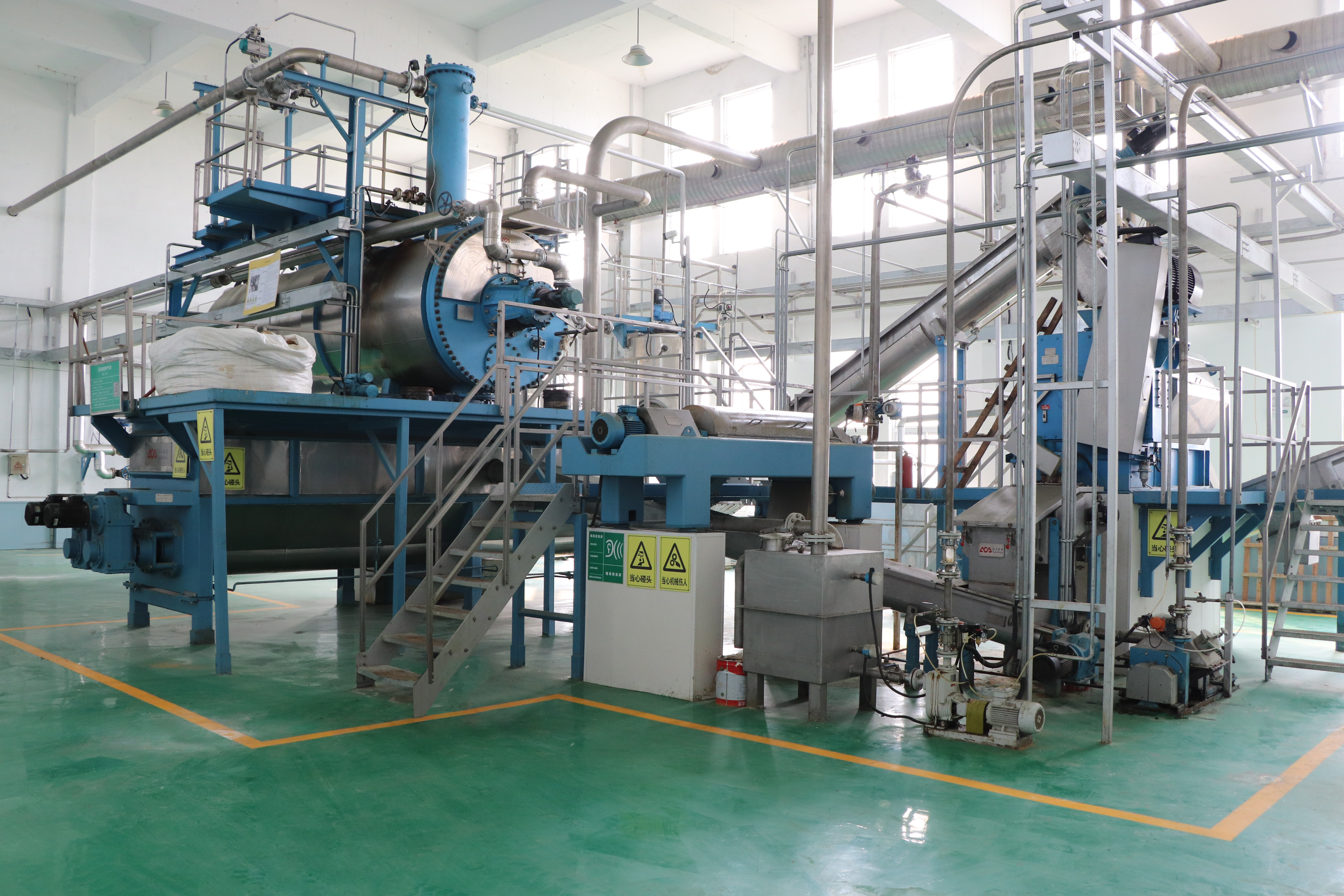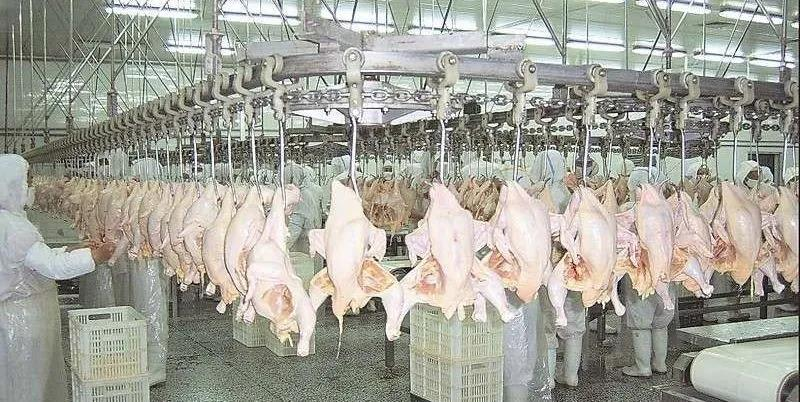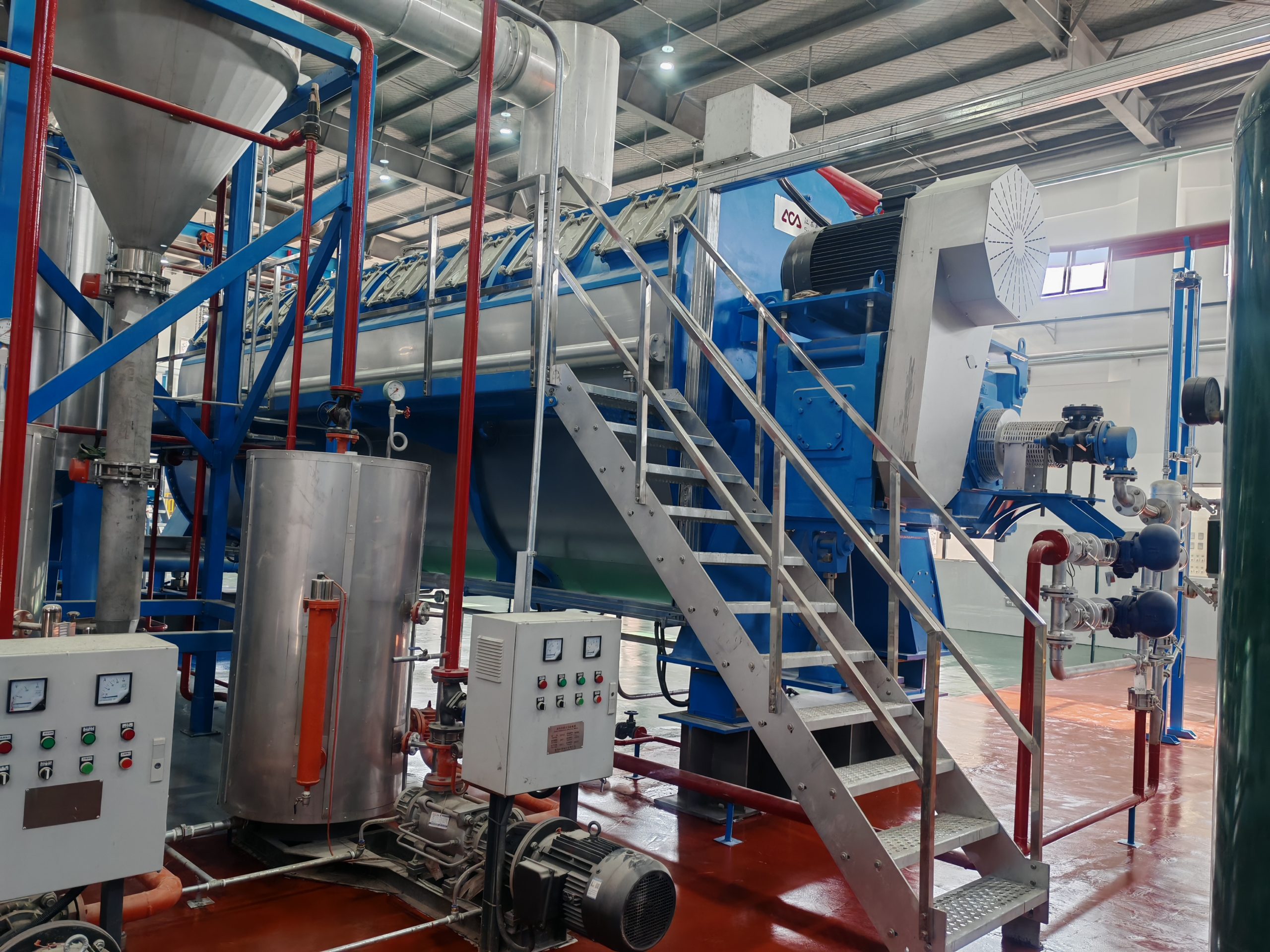
Rendering Operations & Its Production Process
Rendering Operations & Its Production Process
Rendering Operations: What’re Them
Rendering is a process of converting animal carcasses into useful products such as tallow and meat meal. The rendering plant is the place where this process occurs. The rendering plant uses professional systems with rendering plant machines to break down the carcasses into usable materials. These rendering operations involve cooking the carcasses at high temperatures until they disintegrate into smaller particles that can then be separated by specific requirements.
In the rendering plant, there are different remdering operations. The first is to collect sick and dead animals in breeding farms, waste after slaughter in slaughterhouses, cooking materials at high temperatures and pressure, and then pressing to separate oil and meat powder.
The next step in this process is to break these sick and dead animals, put them into the cooking tank for high temperature and high-pressure cooking, and then press the oil with the oil press, the powder after the oil is broken, and packed, the oil into the centrifuge to separate out the slag inside, and then into the oil tank.
After completing these tasks, the finished meat meal and grease are packaged and sold to feed mills for processing, etc. The meat meal can be used as animal feed additives or organic fertilizers, and the grease is used to make soap and candles, etc.
Rendering Operations: Production Process
In the rendering plant, the raw material is delivered to the plant in trucks. The raw material is unloaded and stored in a Material Bin. The Material Bin is used as a buffer between the incoming raw material and the rendering plant. This allows you to use only enough raw material needed for production at any given time.
The next step of the production process is using Pre-crusher to chop or grind through Screw Conveyor. The raw material is chopped or ground into smaller pieces that are easier to cook at high temperatures without burning them. After chopping or grinding, the raw material is cooked (including sterilization, hydrolyzation, and drying)at high temperatures in large ovens called Batch Cookers.
The cooked product is cooled down and transferred to a Buffer Bin after cooking. The Buffer Bin is used as a buffer between the cooked product and the rendering plant. This allows you to use only enough cooked product needed for production at any given time.
After cooling down, the cooled product is transferred to another Buffer Bin through Screw Conveyor which acts as a buffer between the cooking and cooling processes in order to allow us to only use as much cooked product as we need at any given time.
For more rendering operations, please contact Sunrise. Sunrise will give you the best services and provide the right machines for your rendering operations.
Why do we need rendering operations?
The rendering plant is an important part of the rendering industry. It’s where the animal byproducts from slaughterhouses and farms are collected and processed into useful products. Animal fat is the most common raw material used in rendering operations.
Rendering operations are also responsible for collecting animal carcasses from meat processing plants, which are then ground up into meat and bone meal, a product used in pet food, livestock feed, fertilizer, and other products.
A rendering plant also processes dead animals that have been euthanized at shelters. The process involves collecting animal carcasses and taking them to a harmless treatment plant, where they are crushed and cooked at high temperatures to produce meat meal and tallow. They are then sold to manufacturers who need meat meal and tallow.
There are several reasons why powerful rendering operations are needed in a rendering plant:
1. To reduce odor emission from animal slaughter waste.
In order to avoid environmental pollution, it is necessary to reduce odor emissions from waste processing plants. This can be done by rendering operations. If solid waste is not rendered, it will become a source of air pollution and may cause health problems for humans.
In addition, it can cause soil contamination because many of these wastes contain significant amounts of heavy metals and other harmful substances that are released through leaching into groundwater or surface water. Also, some types of solid waste may contain pathogens that can cause diseases if they are not destroyed before they are disposed of in landfills or incinerators.
2. To produce usable products from waste products produced by slaughterhouses, farms, and other industries using animals as raw materials.
To achieve these purposes, we need ways to convert animal by-products into useful materials, which can be smelted by cooking the by-products at high temperature and high pressure, then separating the oil and powder with a grease press, cooling the powder through a cold powder machine into a crushing unit and grinding it into powder, centrifuging the oil to obtain a higher quality oil, and completing a series of operations. They are packaged and used in different factories to continue processing into more valuable products.
3. To produce fuel from fat (known as tallow) which can be used as biofuel.
In order to reduce greenhouse gas emissions, many countries have started to encourage the use of renewable energy sources such as biofuels made from animal by-products such as tallow or fish oil instead of fossil fuels such as petrol or diesel in cars and trucks. The main reason for this is that although biofuels emit less carbon dioxide than fossil fuels when burned in engines, they release carbon when produced.
Rendering Operations: How To Improve
The rendering plant is an important component of the feed mill. It is responsible for converting non-edible byproducts and offal into valuable nutrients and proteins that can be used in livestock feeds. The rendering plant has undergone many changes over the years, but it still remains one of the most important facets of any feed milling operation. One of the most significant changes has been the introduction of new technology to improve efficiency and also reduce costs.
1) Keep your equipment clean:
It’s important that all your equipment should be kept clean and well maintained as it will help improve efficiency and reduce downtime due to breakdowns or maintenance issues. You can cooperate with Sunrise with good after-service which specializes in rendering plant equipment that has been used for rendering operations to ensure that all the machines are running properly.
2) Keep your staff trained:
Your staff should know how to use each machine and they should be able to operate them efficiently. You can get training from Sunrise on rendering plant equipment so that you can improve efficiency and also reduce downtime due to breakdowns or maintenance issues.
3) Reduce dust pollution:
Dust pollution can affect both human health and the environment negatively, so it’s important that you reduce dust pollution as much as possible when running your rendering plant. For example, you can use Sunrise Cyclone Dust Collectors on exhaust pipes and also make sure that people working in the rendering plant wear appropriate protective clothing.
Categories
Recent Posts
-

Batch Cooker, Meat and Bone Meal Production Equipment, Environmentally Friendly and Highly Efficient Equipment, Chemical Skimming Equipment, Meat and Bone Meal Processing
29 11 月, 2024 -

Slaughter Waste Rendering Plant Disposal Methods: New Ideas for Win-Win Environmental Protection and Benefits
28 11 月, 2024 -

Rendering plant of meat and bone meal production equipment: creating an environmentally friendly and efficient solution for the farming industry
22 11 月, 2024
